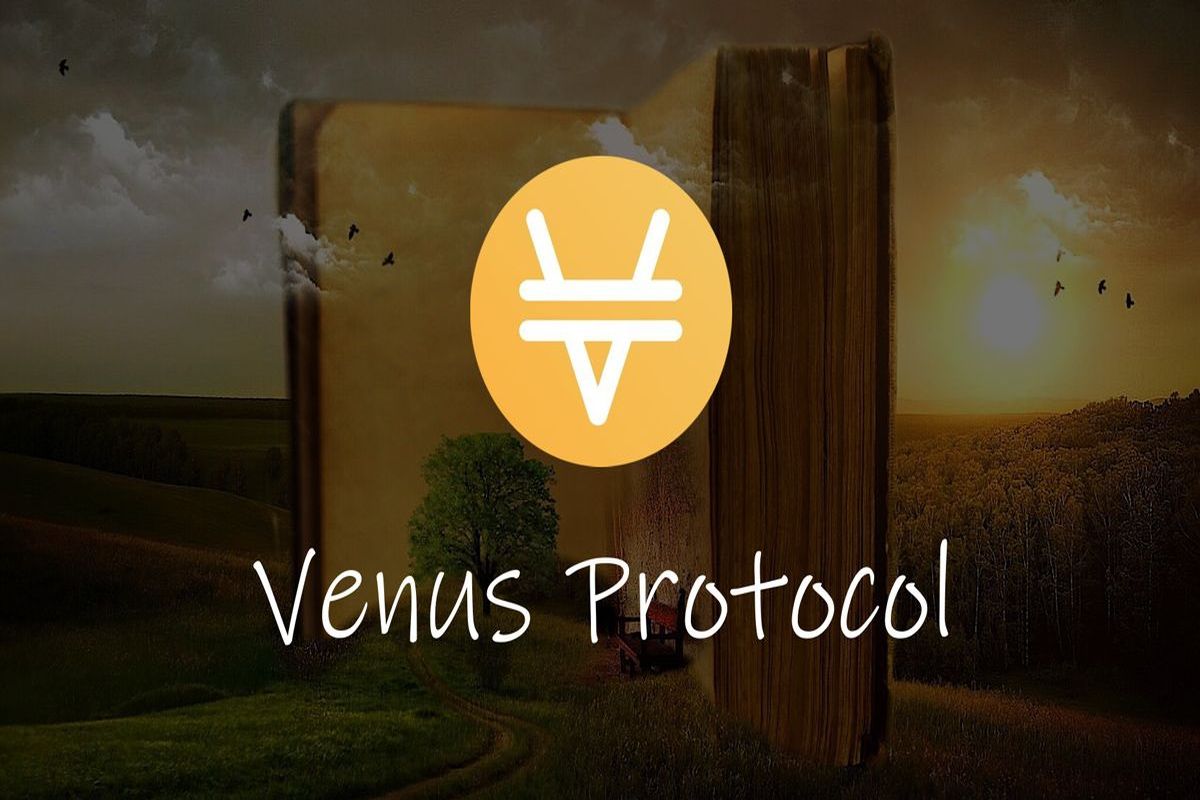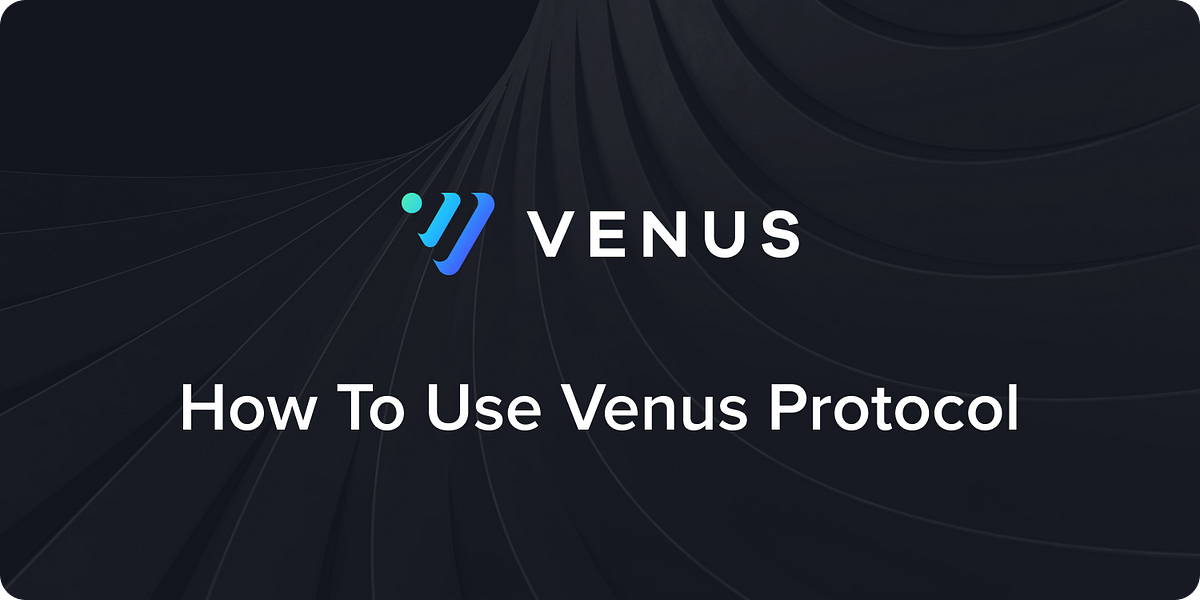Venus Protocol (XVS) is described as an algorithm-based money market structure powered by the Binance Smart Chain and created to support decentralized borrowing and lending. The protocol works as a digital lending platform and stablecoin based on the BSC.
The decentralized finance (DeFi) space seems to be already fitting for its original purpose of rivaling the traditional finance network. Since its inception, DeFi has continuously been welcoming lots of innovations and projects looking to make the space highly efficient for the users while competing and dominating traditional finance.
In that context, Venus Protocol is a lending platform powered by the Binance Smart Chain (BSC). Just like all the other centralized credit companies that serve the traditional finance industry, Venus has introduced DeFi lending solutions for users.
Related: Is Aave Destined to Stay as the Top DeFi Lending Platform?
Venus Protocol: A Platform for Borrowing And Lending Digital Assets
Venus protocol (XVS) enables users to borrow from a pool of assets without any permission. Interest rates on these loans are set by the protocol. Furthermore, these interest rates are automated as demanded. There is also an option of minting synthetic stablecoins with an over-collateralized position.
The system lets crypto holders use their assets for lending services by providing them with collateral to the network. Holders earn passive income through variable APY that is featured on the protocol.
Notably, the first thing to do to trade on Venus is to have an active MetaMask crypto wallet that needs to then be linked to Binance Smart Chain. Nonetheless, to lend or borrow assets on the Venus platform, there is a need for users to have a BNB coin.
The BNB coin can be acquired on a centralized exchange like Binance and sent to the MetaMask wallet. Bep-20 (which is an extension of the ERC token) operates as the standard token on the Venus platform and users of Venus get rewarded for data mining. Borrowing digital assets and supplying digital assets are the primary use cases that are featured on Venus Protocol.
Supplying Digital Assets
Supported crypto and digital assets can get supplied on the Venus platform and utilized as viable collateral for liquidity supply, loans, and APY earnings. Users are allowed to participate as a lender as the security of collateralization is maintained within the protocol.
There is a vToken reward for users supplying cryptos and digital assets like vBTC. vBTC is the only acceptable token For redeeming the underlying collateral that gets supplied.
Users then use the tokens to send other assets into cold storage wallets that are compatible with the Binance Smart Chain (BSC).
Related: Binance Chain Unveils A Smart Contract-Enabled Blockchain White Paper
Borrowing Digital Assets
Venus pledges to offer collateral that is then locked on the protocol whenever users want to borrow supported stablecoins, cryptos, and digital assets.
The assets will support up to 75% of the collateral value that the user borrows. Collateral ratios are restricted and controlled through governance. After an asset is supplied, users can borrow subject to the collateral ratios of the assets.
Minting Stablecoins
The minting and redemption of the VAI synthetic stablecoin are pegged to US$1, although its price can still fluctuate based on the market demand and supply.
Venus platform users can mint the stablecoin using the remaining collateral from previous vToken deposits. Moreover, anybody can mint stablecoins without centralized authorities and utilize newly minted stablecoins for different purposes like earning yield on other DeFi projects.
Governance
The users can also influence the future of the Venus Protocol. This platform is fully controlled by the community via its governance token XVS, a BEP-20 token that can be utilized for voting.
The users can vote on several protocol-related issues, including enhancements, adding new tokens to the protocol, adjusting or altering the interest rates, and reserving distribution schedule delegations. Venus Protocol also aims to develop a product known As Venus Vault that will let users lock governance tokens to enhance the protocol’s anti-risk ability and distribute the staking rewards.
Related: This Revamped Idea for “Bitcoin Vaults” May End Exchange Hacks for Good
Venus Protocol’s Origin
Venus Protocol was unveiled in 2020 to help satisfy the need for decentralized finance (DeFi) protocols. The founder and developer of this platform is Joselito Lizarondo. He is also the founder of Swipe, a multi-asset digital wallet and Visa debit card that is designed to enable users to sell, buy, and spend their crypto.
This platform was developed to support the minting of VAI stablecoins, collateralized loans, and collateralized asset supply underpinned by the protocol. The developers designed the platform in a manner that enables the holders of Venus tokens to have total control over the network and the Venus token.
With the Venus protocol being powered by the Binance blockchain, this indicates that the Venus token XVS is a BEP-20 token. This token is used in network governance where XVS holders can propose changes that need to be implemented on the network.
How Does The Venus Protocol Work?
The Venus protocol lets users lend and borrow crypto-based funds. It automatically calculates the loan eligible to the users subject to the deposited collateral. When users deposit many cryptos, they can borrow crypto funds with low fees without any intermediary in the market.
In the meantime, VAI stablecoins and the XVS token play an integral role in the venue lending system. Interestingly, the token is used for governance, which gives each holder voting rights and altering proposals. Venus Protocol users have permission to deposit all or any of the 16 cryptos supported on the platform as collateral to borrow more cryptos.
Every participant in the network can earn an APY with a Rate that is dependent on the general interest in a specific crypto. The profit made can then be utilized as collateral for loans. The participants can also mint the network’s decentralized coins and lend their funds.
How To Use Venus
As a lending DeFi platform, the Venus Protocol lets users borrow and lend crypto. It targets the creation of a lending platform that is decentralized and automated, which allows the lender to earn an APY subject to their deposit funds for just the supported crypto.
This platform can also be used in minting overcollateralized stablecoins. Venus protocol users can mine to offer liquidity. As highlighted previously, the first thing that a user has to do to trade on Venus is to have a MetaMask wallet that needs to be linked to a Binance Smart chain (BSC).
Related: DeFireX Announcing Financial Products on Binance Smart Chain
XVS Token
The XVS token is the native token of the Venus platform. It is a BEP-20 token used to make proposals and vote on changes to the Venus protocol. In that context, the users who hold XVS are allowed to vote on all types of initiatives proposed on the platform. The voting rights mainly range from adding new assets for collateral to changing the parameters of the contract.
The token is made available for all users to purchase on supported exchanges. Furthermore, users can also earn the token through the mining network offered on its ecosystem. The BEP-20 XVS governance token has a cumulative supply of 30,000,000 with more than 3 million tokens already in circulation.
Interestingly, the protocol has offered 79% of the token’s total supply for ecosystem mining. In the meantime, the remaining 21% have been distributed through the Binance launch pool.
The token comes with many utilities for its holders and users of the Venus protocol, some of which include:
- Adjustment of variable interest rates for all the markets.
- Influences the timely addition of new cryptos to the protocol.
- Voting on protocol development.
Benefits Of Venus Protocol
The core benefits of the Venus protocol include:
- It lets borrowers gain access to instant and low-cost loans in stablecoins without selling their non-stable digital assets.
- It allows overcollateralized lending where the users can borrow assets worth 75% in value or lower of the assets that they supply.
- Venus protocol supports quick transactions, which makes the loan-taking process efficient and effective.
- Interest gets earned on supported collateral assets supplied to the protocol.
- Venus users can readily source liquidity.
Related: How to Make Money with Crypto Loans: A Simple Guide
Challenges of Venus Protocol
Despite the many benefits that the Venus protocol has over the other lending protocols within the market, this system also has its drawbacks. Some of the challenges of the Venus protocol include:
- The Venus token (XVS) cannot be borrowed from the platform.
- Venus protocol does not have a mobile app yet, either iOS or Android.
- There is also a vulnerability of the liquidity modules.
Conclusion
Venus protocol makes integration of stablecoin generation and the money market in the same protocol. That can be of great benefit to the Web3 space by unlocking the collateral.
Venus is a critical project in the emerging sector of decentralized finance. The Venus protocol has a possibility of becoming one of the most famous lending protocols within the market owing to its growth potential.











